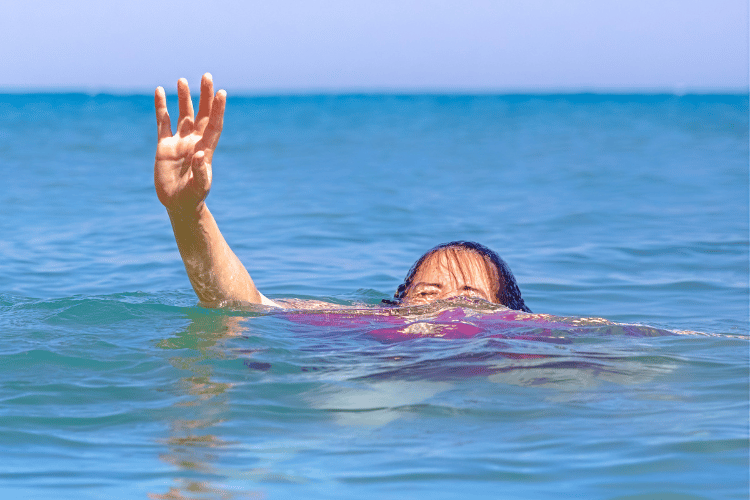
A day at the beach or pool can turn tragic in seconds—drowning remains one of the leading causes of accidental death worldwide, claiming over 236,000 lives annually (WHO). What many don’t realize is that drowning is often silent, with victims unable to call for help as they struggle to keep their mouths above water. For every fatal drowning, an estimated five more victims require emergency care, many with lasting neurological damage from oxygen deprivation.
While most people picture dramatic splashing and cries for help, real drowning often looks deceptively passive. This discrepancy between perception and reality means bystanders frequently miss critical rescue opportunities. Whether you're a parent, lifeguard, or beachgoer, knowing proper drowning first aid could save a life when seconds count most.
Let’s examine the signs of drowning, safe rescue techniques, and step-by-step first aid to maximize survival chances—because when it comes to drowning, what you don’t know can be deadly.
Understanding Drowning
Drowning is a significant global health concern, often misunderstood and underestimated. It is a leading cause of unintentional injury-related deaths worldwide, particularly among children and young adults. Understanding the mechanisms, signs, and risk factors associated with drowning is crucial for prevention and timely intervention. This overview delves into the definition of drowning, its warning signs, and the common risk factors that increase vulnerability around water.
What is Drowning?
Drowning is defined as the process of experiencing respiratory impairment due to submersion or immersion in liquid. It can result in three outcomes: survival without injury, survival with injury, or death. Contrary to popular belief, drowning is often silent and quick, with victims unable to call for help or wave their arms due to the body’s instinctive struggle to breathe. It is not limited to oceans or pools but can occur in any body of water, including bathtubs, lakes, and even shallow puddles.
Signs of Drowning
Recognizing the signs of drowning is critical for timely rescue. Unlike dramatic portrayals in media, drowning is typically quiet and subtle. Key indicators include:
- Head low in the water with the mouth at water level.
- Gasping or hyperventilating.
- Arms extended laterally, attempting to push down for buoyancy.
- Lack of forward movement or inability to respond to calls.
- Glassy or unfocused eyes, or the appearance of exhaustion.
Immediate action upon noticing these signs can save lives.
Risk Factors Around Water
Certain factors significantly increase the risk of drowning. These include:
- Age: Children under five and adolescents are at higher risk due to lack of swimming skills or risky behavior.
- Lack of Supervision: Unattended children near water are particularly vulnerable.
- Alcohol Consumption: Impaired judgment and coordination increase the likelihood of accidents.
- Inadequate Safety Measures: Absence of life jackets, barriers, or warning signs can lead to preventable incidents.
- Medical Conditions: Seizures, heart conditions, or fatigue can contribute to drowning, even in shallow water.
By understanding these aspects, individuals and communities can take proactive steps to reduce drowning incidents and promote water safety.
First Aid for Drowning People
Drowning incidents require swift and effective action to prevent severe injury or death. Understanding the appropriate first aid measures can make the difference between life and death. This guide outlines the immediate steps to take, how to perform CPR on a drowning victim, and the importance of calling for professional help at the right time.
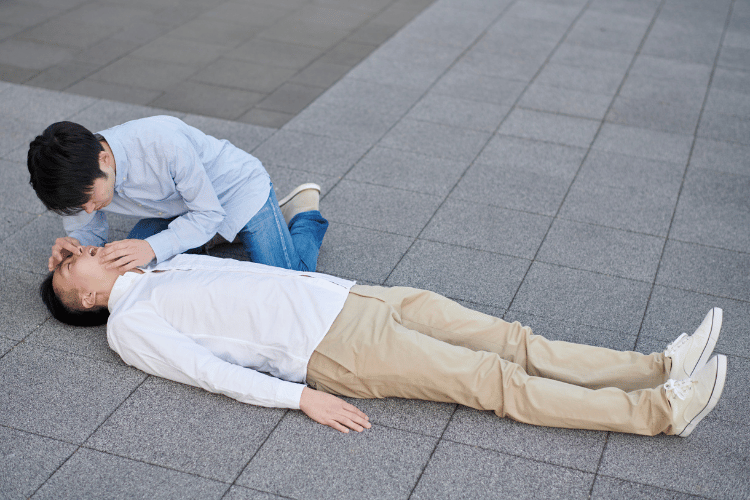
First Aid for Drowning People
Immediate Actions to Take
When encountering a drowning person, the first priority is to ensure your safety before attempting a rescue. If it is safe to proceed, follow these steps:
- Remove the Person from Water: Quickly but carefully bring the individual to a safe area, avoiding putting yourself at risk.
- Check for Responsiveness: Tap the person and shout to see if they respond. If unresponsive, proceed with life-saving measures.
- Clear the Airway: If the person is unconscious, ensure their airway is open by tilting the head back and lifting the chin.
- Provide Rescue Breaths: If the person is not breathing, give two rescue breaths to deliver oxygen before starting chest compressions.
Performing CPR on Someone Who is Drowning
Cardiopulmonary resuscitation (CPR) is critical for a drowning victim who is unresponsive and not breathing. Follow these steps:
- Position the Person: Lay them flat on their back on a firm surface.
- Chest Compressions: Place your hands in the center of the chest and perform 30 compressions at a depth of about 2 inches, at a rate of 100-120 compressions per minute.
- Rescue Breaths: After 30 compressions, give two rescue breaths by sealing your mouth over theirs and blowing air into their lungs.
- Repeat: Continue the cycle of 30 compressions and two breaths until the person starts breathing or emergency responders arrive.
Calling for Help: When and How
Professional medical assistance is essential in drowning cases. Call emergency services immediately if:
- The person is unresponsive or not breathing.
- CPR is required.
- The victim shows signs of severe distress, such as persistent coughing or confusion.
When calling, provide clear details about the location, the victim’s condition, and any first aid measures already performed. Early intervention by trained professionals can significantly improve outcomes.
Drowning First Aid Techniques
Drowning emergencies demand quick thinking and proper techniques to ensure the safety of both the rescuer and the victim. Knowing how to perform effective rescue methods, utilize flotation devices, and provide post-rescue care can significantly improve survival outcomes. This guide explores essential first aid techniques for drowning incidents, focusing on open water rescues, the use of flotation devices, and the critical steps to take after a rescue.
Rescue Techniques for Open Water
Rescuing someone in open water requires caution to avoid endangering yourself. Follow these steps:
- Assess the Situation: Evaluate the environment and the victim’s condition. Avoid entering the water if it poses a significant risk to your safety.
- Reach, Throw, Row, Go:
-
- Reach: Use a long object, like a stick or pole, to pull the person to safety.
- Throw: Toss a flotation device or rope to the victim.
- Row: If available, use a boat to approach the person.
- Go: Enter the water only as a last resort, ensuring you are trained in water rescue techniques.
- Approach Safely: Swim with a flotation device and approach the victim from behind to avoid being grabbed in panic.
Using Flotation Devices
Flotation devices are critical tools in drowning rescues. They provide buoyancy and reduce the risk to both the rescuer and the victim. Common devices include:
- Life Rings and Buoys: Easy to throw and effective for keeping the victim afloat.
- Rescue Tubes: Used by lifeguards to support multiple victims.
- Improvised Devices: Items like coolers or empty jugs can serve as flotation aids in emergencies.
Post-Rescue Care for Drowning Survivors
Once the victim is out of the water, immediate post-rescue care is essential:
- Check Breathing and Circulation: If the person is not breathing, begin CPR immediately.
- Monitor for Secondary Drowning: Even if the victim appears fine, water in the lungs can cause complications hours later. Seek medical attention promptly.
- Keep the Victim Warm: Wet clothing can lead to hypothermia. Cover the person with a blanket or dry clothing.
- Reassure and Comfort: Provide emotional support to help the victim recover from the traumatic experience.
By mastering these techniques, individuals can respond effectively to drowning emergencies and potentially save lives.
Preventing Drowning Incidents
Drowning is a preventable tragedy that claims countless lives each year. By implementing adequate safety measures, promoting education and awareness, and ensuring the presence of trained safety personnel, communities can significantly reduce the risk of drowning. This overview highlights key strategies to prevent drowning, focusing on water safety practices, the importance of education, and the critical role of lifeguards.
Safety Measures Around Water
Adopting safety measures around water is essential to minimize drowning risks. Key practices include:
- Supervision: Always ensure constant, attentive supervision of children and inexperienced swimmers near water.
- Barriers and Fencing: Install barriers, such as pool fences with self-latching gates, to restrict unsupervised access to water.
- Life Jackets: Encourage the use of properly fitted life jackets, especially for non-swimmers and during water activities.
- Swimming Skills: Promote swimming lessons to equip individuals with basic water survival skills.
- Avoid Alcohol: Discourage alcohol consumption during water activities, as it impairs judgment and coordination.
Education and Awareness Programs
Education is a powerful tool in preventing drowning incidents. Awareness programs can teach individuals and communities about water safety and emergency response. Effective initiatives include:
- School-Based Programs: Introduce water safety education in schools to instill lifelong habits.
- Community Workshops: Conduct workshops on CPR, rescue techniques, and safe water practices.
- Public Campaigns: Use media campaigns to highlight the dangers of drowning and promote preventive measures.
Role of Lifeguards and Safety Personnel
Lifeguards and safety personnel play a crucial role in preventing drownings. Their responsibilities include:
- Monitoring Water Areas: Lifeguards provide constant surveillance to identify and respond to potential risks.
- Rescue and First Aid: Trained personnel can perform rescues and administer first aid, including CPR, in emergencies.
- Enforcing Rules: Lifeguards ensure adherence to safety regulations, such as no running near pools or diving in shallow areas.
By combining safety measures, education, and professional oversight, communities can create safer environments and significantly reduce the occurrence of drowning incidents.
Frequently Asked Questions
What first aid advice should I follow if I see someone drowning?
If you see someone drowning, the first step is to assess the situation safely. If you’re a strong enough swimmer, approach the victim from behind to avoid being pulled under. Shout for help and call 999. If you can safely enter the water, pull them to shore and check for breathing. If they are not breathing, start CPR immediately.
How do I give rescue breaths to a drowning victim?
To give rescue breaths, first, ensure the victim’s airway is clear by tilting their head back and pinching their nose. Then, seal your mouth over theirs and give two rescue breaths, watching for their chest to rise and fall. This helps provide oxygen until help arrives.
What are the steps to perform CPR on a drowning victim?
Start CPR by assessing the victim's breathing. If they are not breathing, begin with 30 chest compressions at a rate of 100-120 per minute, followed by two rescue breaths. Repeat this cycle until emergency services arrive or the person starts breathing on their own.
How can I save someone from drowning if I'm not a good swimmer?
If you are not a good swimmer, do not enter the water. Instead, try to throw a flotation device or reach out with a long object to pull them to safety. Always shout for help and call emergency services while providing assistance from the shore.
What should I do if someone is drowning in a swimming pool?
In a swimming pool, ensure your safety first. If you can swim, approach the victim from behind. If you cannot swim, call for help immediately. Once they are out of the water, check for breathing and start CPR if necessary.
How do I assess the situation when someone is in trouble in water?
Assess the situation by looking for signs of distress, such as splashing, yelling, or a lack of movement. Determine if the person is conscious and can help themselves. Always call for help and avoid putting yourself at risk while attempting to rescue someone drowning.
What are the signs of hypothermia in drowning victims?
Signs of hypothermia include shivering, confusion, slurred speech, and difficulty breathing. If the victim has been in cold water, it's crucial to warm them gradually while waiting for emergency assistance. Cover them with dry blankets and provide warm fluids if they are conscious.
When should I use a defibrillator on a drowning victim?
A defibrillator should be used if the victim is unresponsive and not breathing normally. After performing CPR for approximately two minutes, if a defibrillator is available, use it as soon as possible to restore a normal heart rhythm.
How can the Red Cross help with drowning prevention?
The Red Cross offers CPR training and swimming safety courses, which are crucial for preventing drowning. Knowing how to swim and perform CPR can significantly increase your chances of saving someone from drowning. Consider enrolling in these programs to be better prepared.
The Bottom Line
Drowning doesn’t look like what we see in movies—it’s quieter, faster, and deadlier than most expect. Your ability to recognize the real signs and act decisively can rewrite what might otherwise be a tragic ending. Remember: Reach-Throw-Row-Go, start CPR immediately for non-breathing victims, and always call for professional help—even if the victim appears recovered.
For parents, this knowledge is non-negotiable: 88% of child drownings occur under adult supervision. For beachgoers and boaters, carrying a simple throw rope could make you someone’s hero. And for everyone—practice CPR. Because when the unthinkable happens, competence replaces panic, and action triumphs over despair.
In drowning emergencies, you are the first link in the chain of survival. Make it strong.


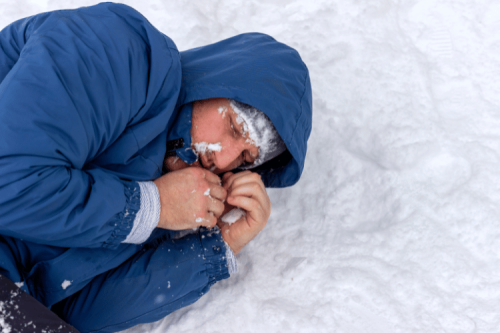
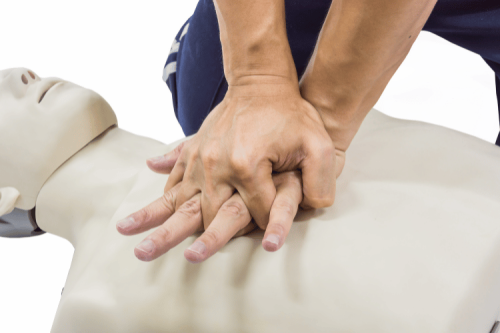

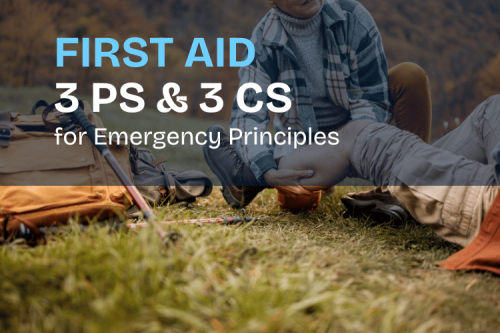
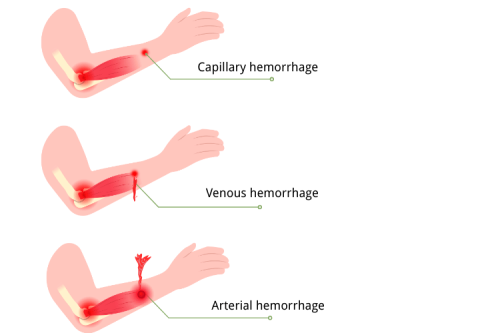
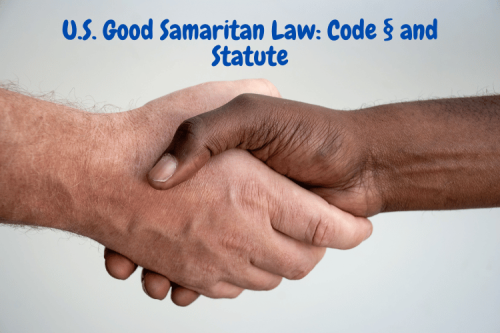
 Login with Google
Login with Google Login with Facebook
Login with Facebook